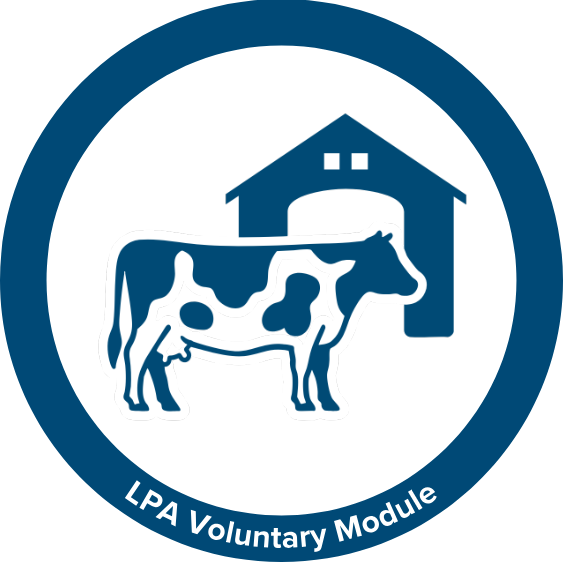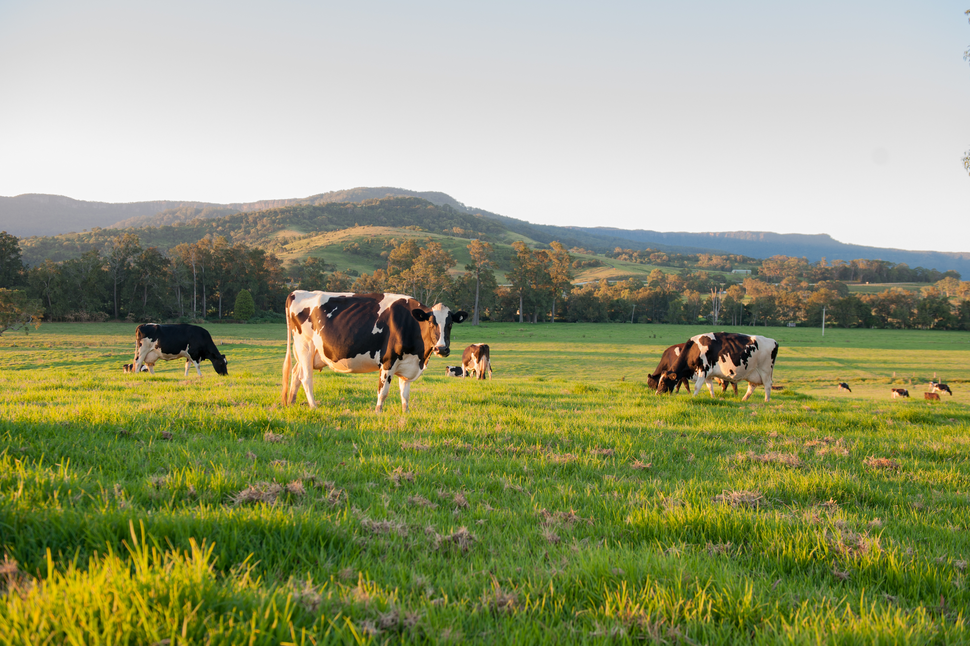What is the Dairy QA Module?
The Dairy Quality Assurance (Dairy QA) module is a voluntary Livestock Production Assurance (LPA) module. As dairy cattle are part of the red meat supply chain, dairy farmers are encouraged to maintain LPA accreditation. Dairy producers who operate under a dairy processor quality assurance program can opt into the Dairy QA module to streamline audit requirements and simplify processes.

How do I opt into Dairy QA Module?
LPA accredited producers with dairy cattle operations can opt into the Dairy QA module at any time by following the steps below.
Step 1:
Login to your LPA account.
Step 2:
On your LPA home dashboard click “Account”.
Step 3:
Navigate to the “Programs” tab under “Your Account”.
Step 4:
Navigate to the “Programs” tab under “Your Account”.
Step 5:
Click “Join” next to the Dairy Quality Assurance (Dairy QA) module.
Step 6:
Provide your Dairy Licence Number, confirm if you also trade in beef cattle, sheep or goats and read and agree to the Dairy QA declaration.
What are the benefits of opting into the Dairy QA Module?
By opting into the Dairy QA module, dairy farmers are exempt from random LPA audit selection. LPA accreditation is also free for dairy operators who only send dairy cows and bobby calves for processing. Dairy farmers require LPA accreditation to access the free LPA eNVD system or purchase NVD books. LPA accredited producers who manage sheep, goats, or have a separate beef cattle herd on their property, are required to pay the LPA accreditation fee.

Industry Collaboration with Dairy Australia
Integrity System Company and Dairy Australia collaborated to create a pathway which recognises the existing Dairy QA audit requirements for dairy operations. Dairy operators are required to provide their Dairy Licence Number which is then used to validate their involvement in the program as part of being approved for the Dairy QA module in LPA.

Frequently Asked Questions
All Dairy QA participants can be selected for an LPA targeted audit or a National Residue Survey (NRS) audit if any National Livestock Identification System (NLIS) database, National Vendor Declaration (NVD) or residue issues are identified from dairy cattle or bobby calves from your property.
- LPA accredited producers who have previously linked their Dairy Licence Number in LPA (i.e. those in Dairy QA already) will be automatically transferred to the new Dairy QA voluntary module. They do not need to do anything.
- LPA accredited producers who are not accredited with Dairy QA but have ‘Dairy Cattle’ selected as a species on their LPA account will automatically have their species transferred over to ‘Cattle’. If they have a Dairy Licence Number, they can opt into the module.
Producers seeking to ‘opt-out’ of the new Dairy QA Voluntary Module can do so at any time through their LPA account under the “Programs” section.
‘Dairy Cattle’ will no longer be listed as a species in LPA accounts. All accounts with ‘Dairy Cattle’ selected will be assigned a ‘Cattle’ status in LPA. If you have dairy cattle, this information will be stored in the ‘Additional Information’ section in your LPA account.
This module only applies to farmers who have dairy cattle operations. You will need to provide your Dairy Licence Number.